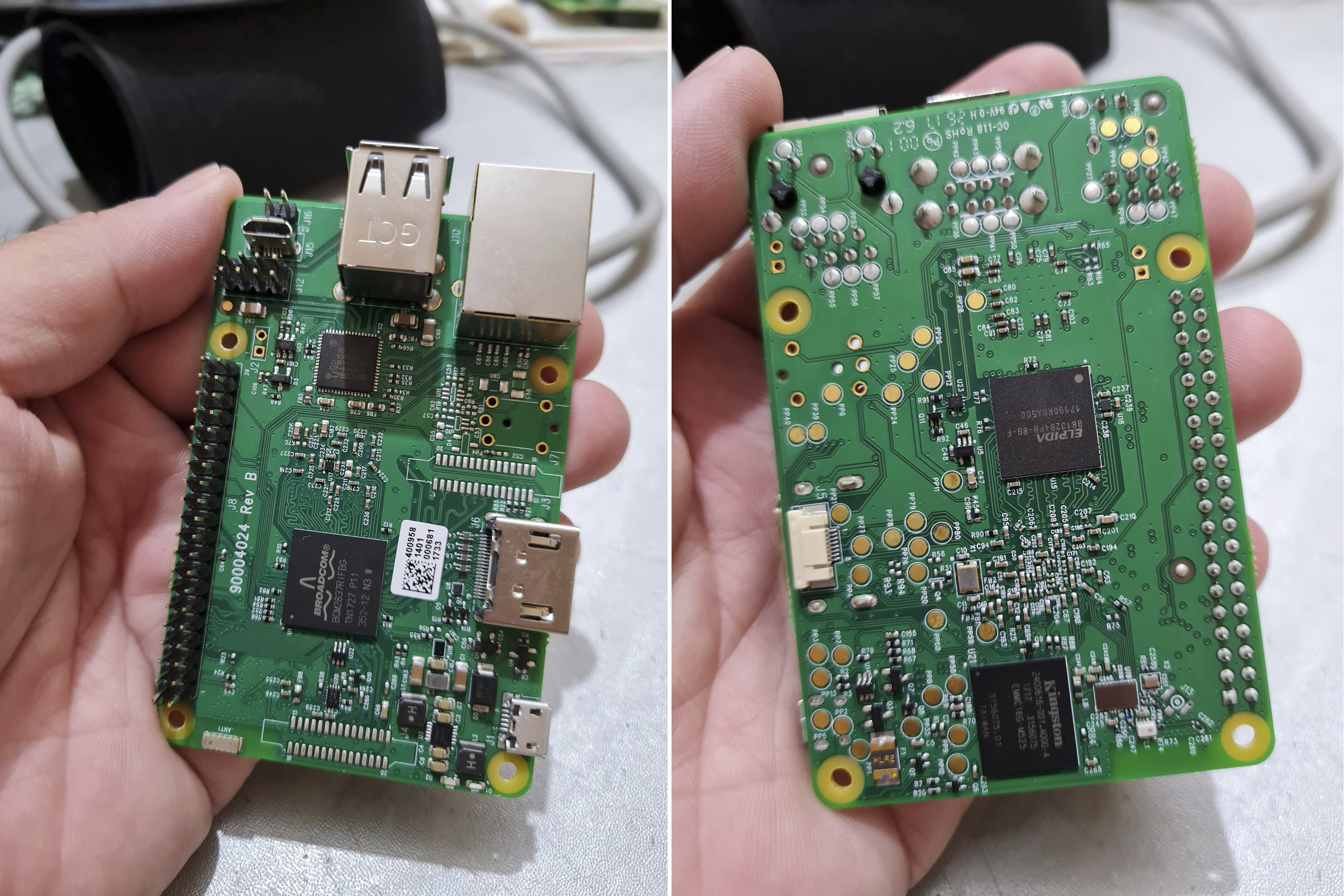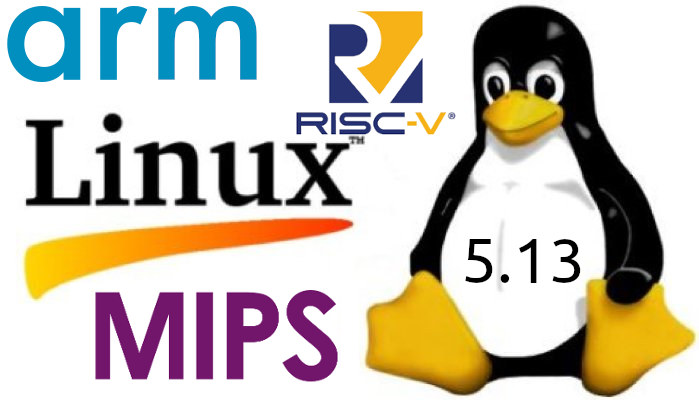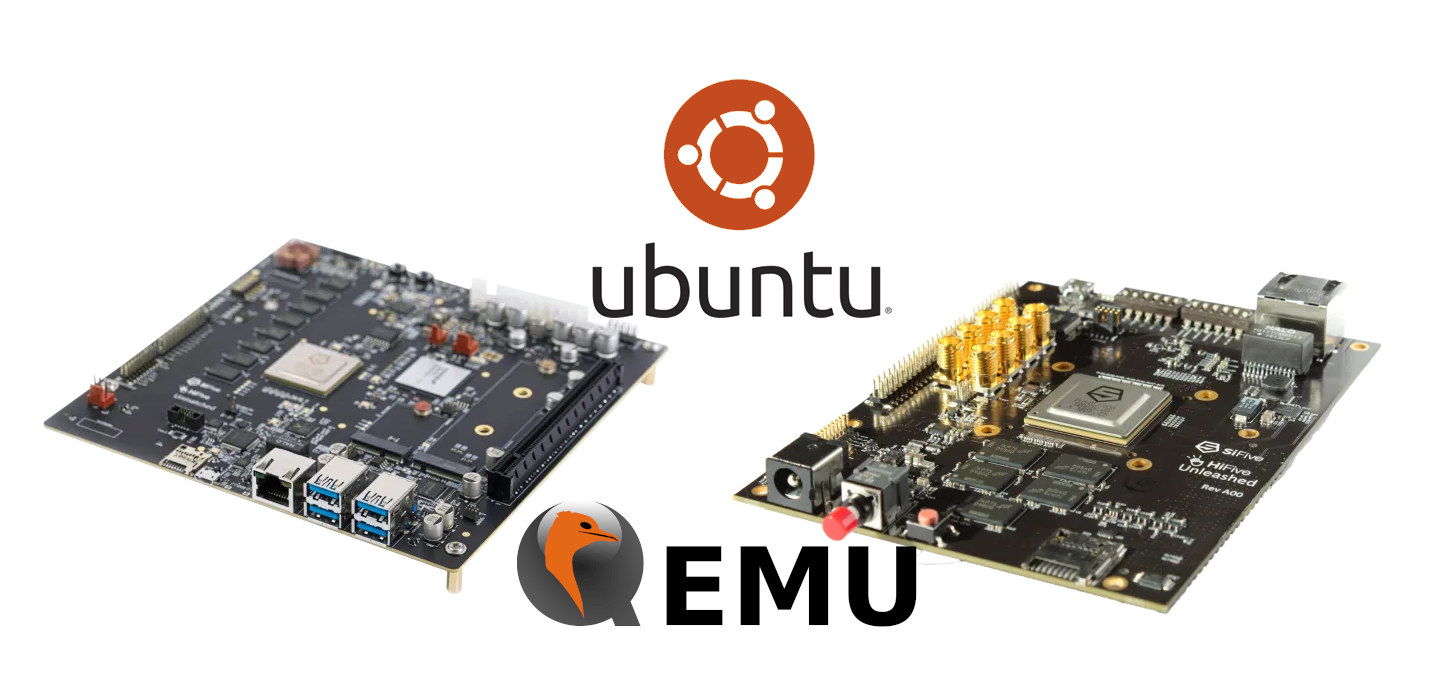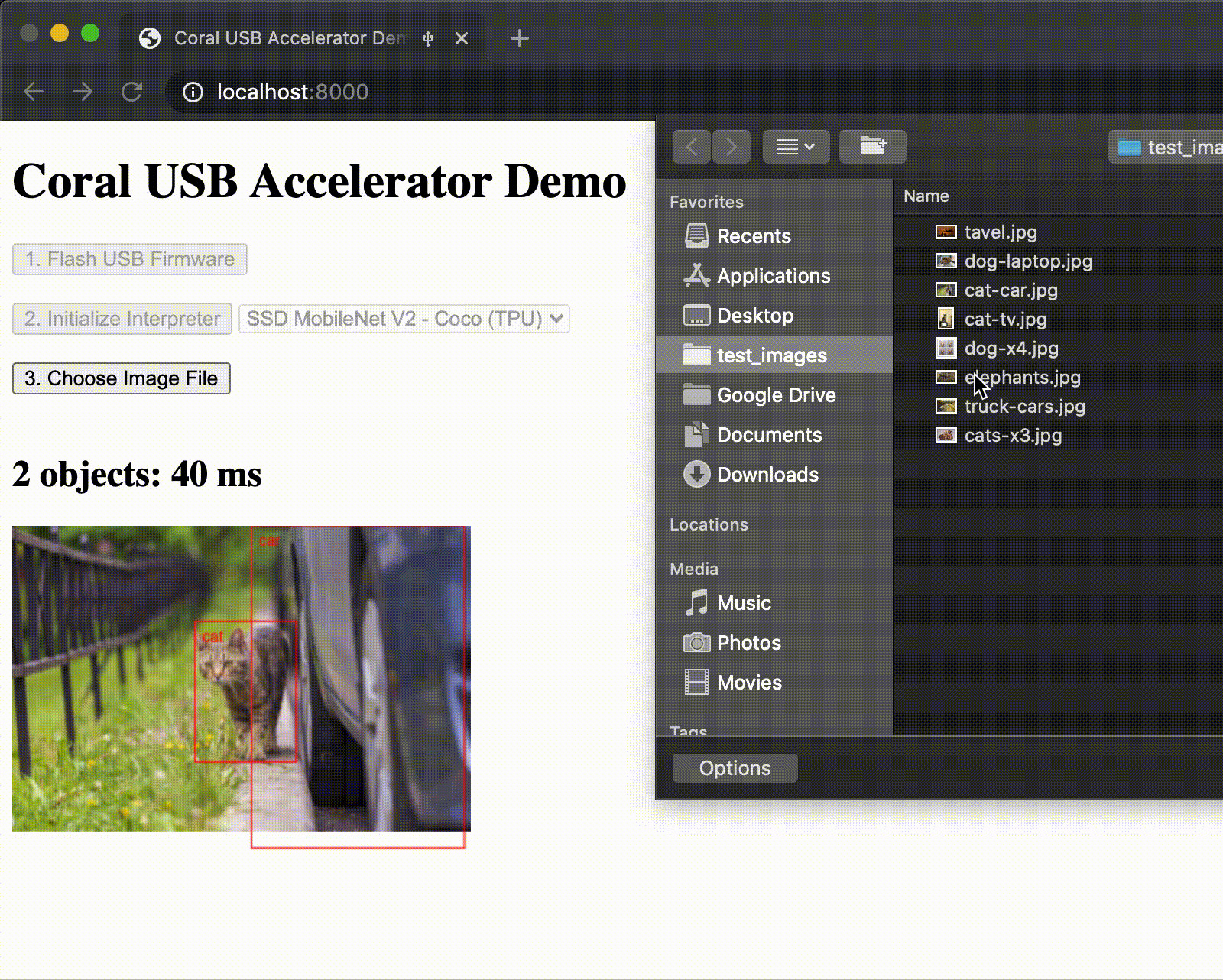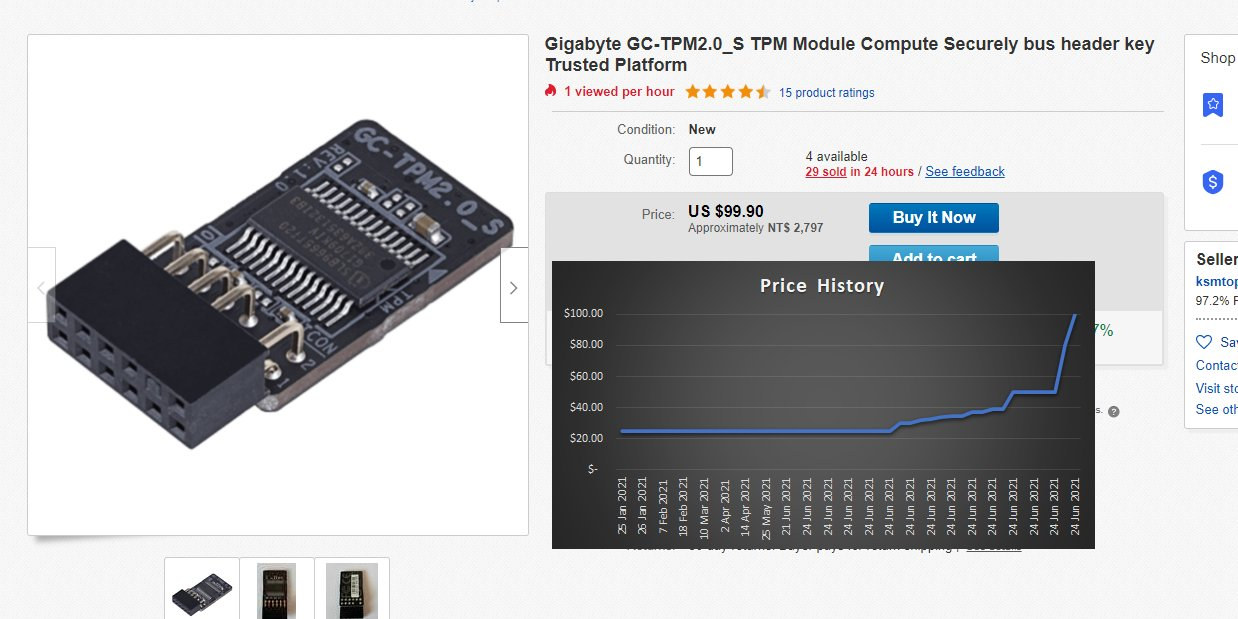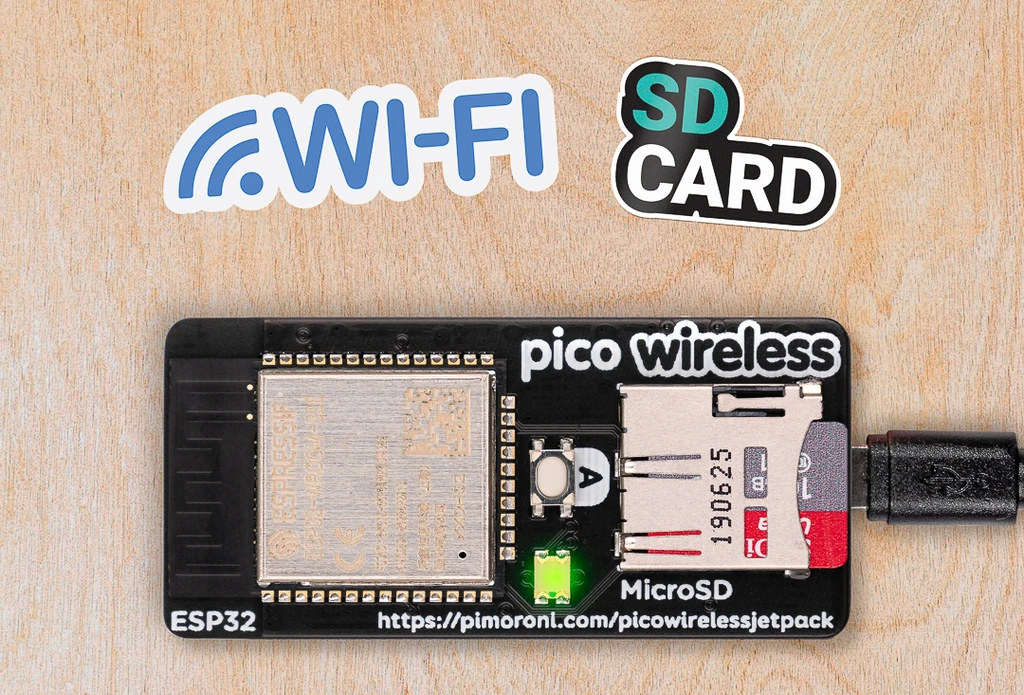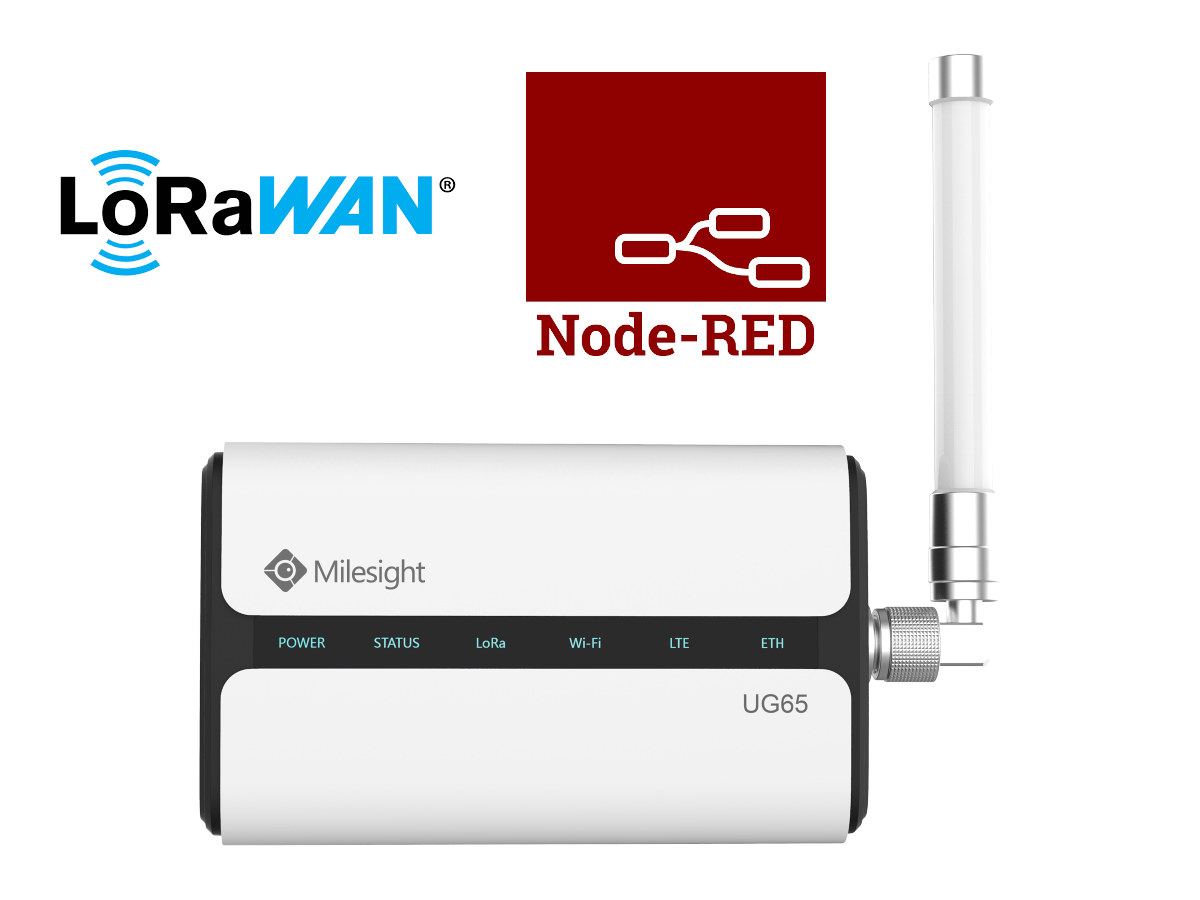As I was browsing some group on Facebook, I noticed somebody had bought a custom Broadcom BCM2837 SBC that looks very much like a Raspberry Pi 3 board, and that thing was apparently bought from a Saleng, a three-wheeled motorbike with a side cart where people can buy and sell old/second-hand items. All good fun… So without further ado, here’s what the board looks like… Click for higher resolution photos. Both MIPI CSI and DSI connectors are gone, and so is the AV jack. Two of the USB 2.0 ports have made place for a micro USB port and some headers. Looking at the bottom of the board, the MicroSD card slot is gone, because there’s a 16GB Kingston eMMC flash for storage in that location. At first, I was quite confused, first because the Raspberry Pi logo is nowhere to found, then it’s the first “Raspberry Pi” SBC I […]
Linux 5.13 Release – Notable changes, Arm, MIPS and RISC-V architectures
Linus Torvalds has just announced the release of Linux 5.13: So we had quite the calm week since rc7, and I see no reason to delay 5.13. The shortlog for the week is tiny, with just 88 non-merge commits (and a few of those are just reverts). It’s a fairly random mix of fixes, and being so small I’d just suggest people scan the appended shortlog for what happened. Of course, if the last week was small and calm, 5.13 overall is actually fairly large. In fact, it’s one of the bigger 5.x releases, with over 16k commits (over 17k if you count merges), from over 2k developers. But it’s a “big all over” kind of thing, not something particular that stands out as particularly unusual. Some of the extra size might just be because 5.12 had that extra rc week. And with 5.13 out the door, that obviously means […]
Ubuntu 20.04/21.04 64-bit RISC-V released for QEMU, HiFive boards
Let’s a lot of excitement around RISC-V open architecture, but a lot of work still needs to be done to bring the ecosystem to level with Arm or x86 architecture from the silicon to the software. Progress is made step-by-step and one of these steps is Canonical released Ubuntu 64-bit RISC-V (RISCV64) images for some of SiFive HiFive boards, as well as QEMU open-source emulator. Specifically, Canonical released an Ubuntu 20.04.2 LTS image for HiFive Unleashed & QEMU, and an Ubuntu 21.04 image for HiFive Unleashed, HiFive Unmatched, and QEMU. Note those are only server images, and there’s no desktop image yet like for Ubuntu 21.04 on Raspberry Pi 2/3/4. It’s been possible to run RISC-V Linux in QEMU for at least three years, but when I tried it was a minimal system based on Busybox, so let’s try again with Ubuntu 21.04 following the instructions provided on Discourse. I […]
Rockchip RK835 & RK837 fast charger chips support USB PD 3.0, QC4+, and VOOC
Rockchip is better known for its application processors for TV boxes (RK3328), Chromebooks and other higher-end hardware (RK3399), AIoT applications (RK3566), and more, but the company has recently introduced the RK83x family with RK835 and RK837 chips designed for fast chargers compatible with USB PD 3.0 and/or Qualcomm Quick Charge 4+ and BBK Electronics’ VOOC. RK835 Specifications MCU sub-system – Arm Cortex-M0 with 60KB flash, 1KB RAM USB PD 2.0/3.0 and PSS with TID number 4325 USB Type-C and Vconn power source Supports proprietary protocols 8-channel 10-bit, 500Hz converter speed ADC sensing voltage and 1-channel 10-bit current ADC All GPIOs can be configured as ADC input or edge triggering input DP/DM pins can be configured as UART, BC 1.2, or GPIO mode High-voltage endurance DP/DM and CC1/2 pins I2C interface with slave and master modes Low-power RC oscillator, 3 timers, one watchdog Discharge N-MOSFETs for VCC and VBUS Power – […]
Coral Dev board news – NXP critical firmware update, manufacturing demo, and WebCoral in Chrome
Google Coral is a family of development boards, modules, M.2/mPCIe cards, and USB sticks with support with local AI, aka on-device or offline AI, based on Google Edge TPU. The company has just published some updates with one important firmware update, a manufacturing demo for worker safety & visual inspection, and the ability to use the Coral USB accelerator in Chrome. Coral firmware update prevents board’s excessive wear and tear If you own the original Coral development board or system-on-module based on NXP i.MX 8M processor, you may want to update your Mendel Linux installation with:
|
1 2 |
sudo apt update sudo apt dist-upgrade |
The update includes a patch from NXP with a critical fix to part of the SoC power configuration. Without this patch, the SoC might overstress and the lifetime of your board could be reduced. Note this only affects NXP-based boards, so other Coral products such as Coral Dev Mini powered by Mediatek MT8167S […]
TPM 2.0 modules quadruple in price, run out of stock following Windows 11 announcement
Microsoft announced Windows 11 with new system requirements that include having hardware with a TPM 2.0 chip. Yesterday, we noted that could be an issue, as not all computers, laptops, and tablets may come with a Trusted Platform Module (TPM), especially if version 2.0 is required. Microsoft explains it’s for a good reason, name improved security, but the requirement has already had an impact on the market, even though Windows 11 is not officially available just yet, as TPM 2.0 modules have quadrupled in price according to a Tweet from Shen Ye, senior director, global head of hardware products for HTC. Note that while the bottom scale shows dates, it only shows dates when the price changes and the price was indeed $24.90 before Microsoft’s announcement, and gradually went up to $99.90 within 12 hours. At the time of writing, that module is out of stock on Amazon. Shen further […]
Pico Wireless Pack adds ESP32 WiFi & Bluetooth module to Raspberry Pi Pico
Pimoroni Pico Wireless Pack is an add-on board for Raspberry Pi Pico adding a MicroSD card socket and ESP32 WiFi & Bluetooth module to the popular MCU board. While it’s a nice idea to add wireless connectivity to Raspberry Pi Pico, ESP32 is a dual-core Xtensa LX6 processor clocked at 160 to 240 MHz with WiFi, Bluetooth, and plenty of I/Os that should be able to handle most tasks better than Raspberry Pi RP2040 dual-core Cortex-M0+ processor clocked at 48 MHz by default, although we’ve also seen it overclocked up to 252 MHz. It comes with female headers that allow it to be inserted directly to the back of Raspberry Pi Pico has shown above, or into a “GPIO expander” board like the Pico Omnibus shown below through an SPI interface. Pico Wireless Pack specifications: Wireless module – ESP32-WROOM-32E WiFi 4 & Bluetooth 4.2/5.x module with PCB antenna, 4 MB […]
UG65 LoRaWAN gateway supports Node-RED, up to 2,000 nodes
Node-RED is a popular flow-based, visual programming development tool originally developed by IBM for wiring together hardware devices, APIs, and online services as part of the Internet of Things. But despite being designed for the IoT, I’ve seldom seen Node-RED support for LoRaWAN hardware, the only exception being the Axon platform, a tiny WiFi & LoRaWAN board. But there’s at least one more option with Milestone IoT’s UG65 LoRaWAN gateway, launched late last year, getting a firmware update that adds Node-RED support. UG65 LoRaWAN gateway specifications: SoC – NXP quad-core Cortex-A53 processor @ 1.5 GHz System Memory – 512 MB DDR4 RAM Storage – 8 GB eMMC flash Connectivity LoRaWAN Semtech SX1302 based Fully Integrated Internal Antenna (Optional: 1 × 50 Ω N-Female External Antenna Connector) 8 channels Frequency Bands – CN470, IN865, EU868, RU864, US915, AU915, KR920, AS923 Sensitivity – -140dBm Sensitivity @292bps Output Power – 27dBm Max Protocol […]


